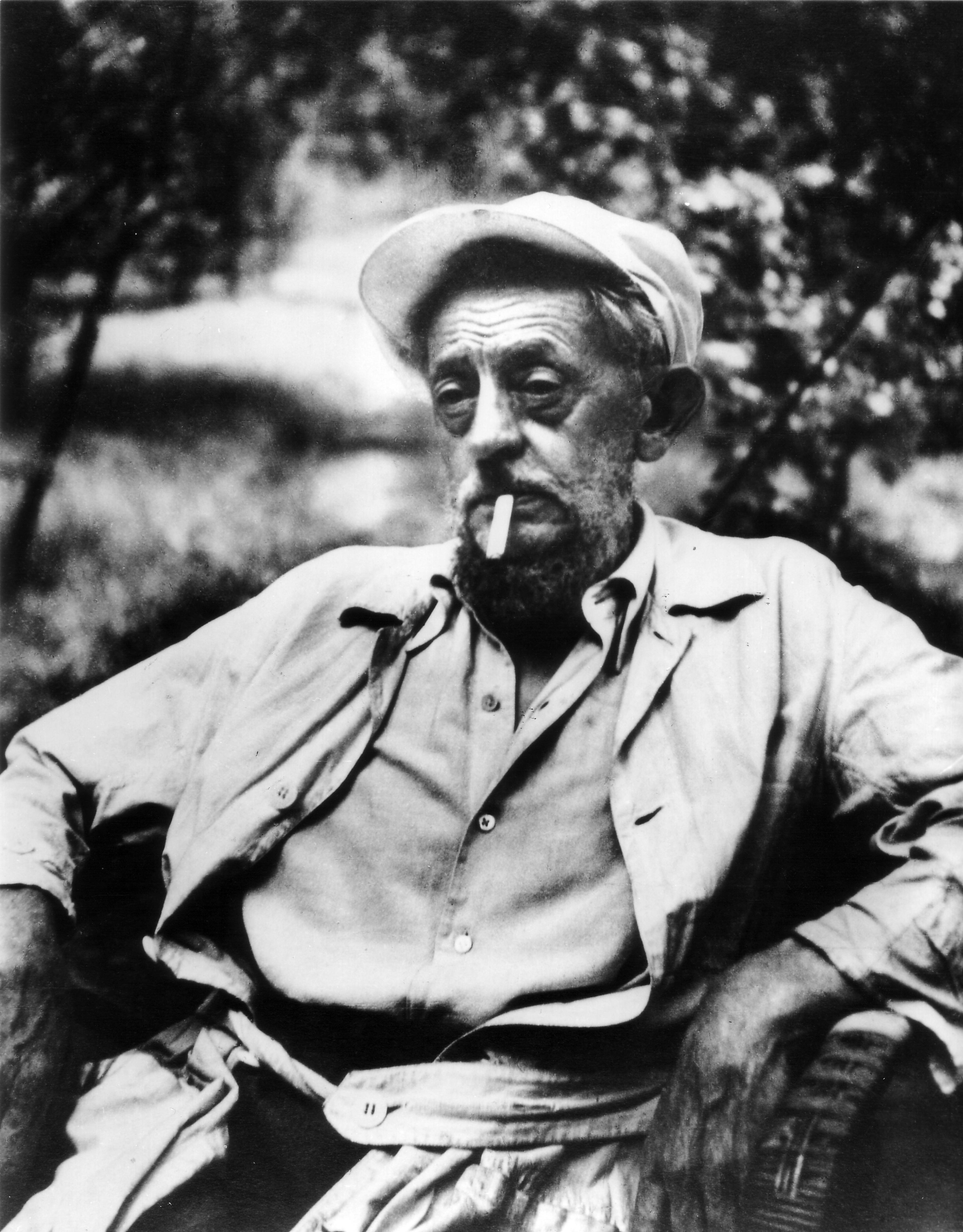
The Artist
The sculptor, graphic artist and writer Ernst Barlach is one of the most famous artists of German Expressionism. The rapid progress and political changes of the 19th and early 20th centuries spelled a breathless adaptation to ever-changing living conditions. Although the groundbreaking scientific and technical inventions promised convenience and prosperity, at the same time the old value systems such as religion, appreciation of nature and family lost their binding character. In this time of great upheaval, Ernst Barlach confronts reality, which is perceived as cold and rational, with simple and undisguised images of man.
The experience of the First World War (1914 to 1918), which emerged in the center of Europe and claimed 12 million victims worldwide, clearly showed how dangerously close the dream of the future and the downfall of mankind are to each other. The trauma of this first war, waged with technical armed force, prompted Barlach to create numerous works of mourning and distress, but above all the world-famous peace monuments in Güstrow, Hamburg, Kiel and Magdeburg.
Ernst Barlach's weak and doubtful ones, the beggars and antiheroes, the mothers and those seeking protection did not fit into the cultural ideology of the National Socialists. Beginning in 1933, Barlach's major public memorials were dismantled or destroyed, hundreds of his works were confiscated from public museums and galleries, and the artist was disqualified as "degenerate."
To this day, his work remains relevant. A sensitive observer, Barlach anticipated the consequences of unleashed modernization, both in its social and ecological imbalance.